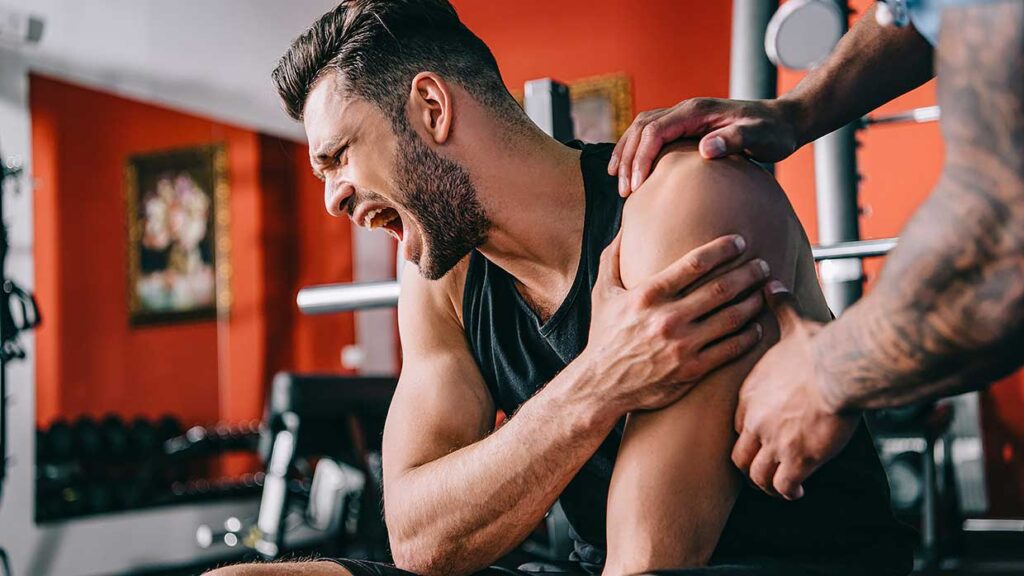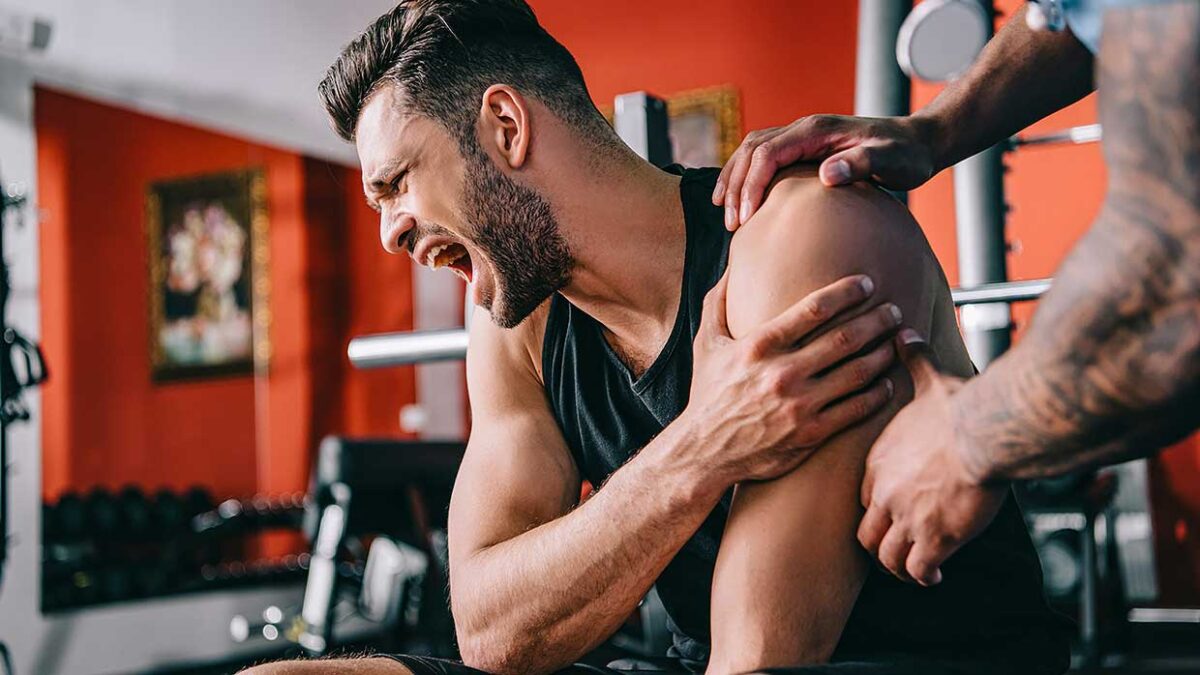Maybe the most common medical condition in the US is chronic pain. People frequently cut back on or stop participating in physical exercise as a result of the long-term effects of chronic pain. The term “chronic pain” is commonly used to describe pain that lasts longer than three to six months. Chronic pain is generally defined as any discomfort that lasts longer than the anticipated recovery time. In the United States, an estimated 20% of adults report having chronic pain, with another 8% reporting frequent and occasionally incapacitating chronic pain.
Physical, mental, and emotional well-being can all be impacted by chronic pain, which can reduce daily activities and quality of life. The level of its impact on well-being ranges from moderate to severe.

How can exercise help those with chronic pain?
Research suggests that physical activity has numerous advantages for overall health, including improvements in mental acuity, weight management, a decreased risk of disease, and stronger bones and muscles (Centers for Disease Control and Prevention [CDC], n.d.). According to the CDC, leading an active lifestyle lowers the risk of contracting chronic diseases like heart disease, diabetes, hypertension, some types of cancer, and other conditions linked to obesity.
Physical exercise can help manage chronic pain that already exists as well as reduce the likelihood of getting it. Exercise and physical activity have a lot of advantages for those with chronic pain. Through increasing muscle flexibility and strength, decreasing fatigue, lowering pain sensitivity, and reducing inflammation, physical activity helps those with chronic pain. According to research, exercise may even help heal difficult-to-treat diseases like fibromyalgia and neck/shoulder discomfort by lowering pain. The following extra advantages are also brought about by physical activity.

- Building muscle: Strength can help avoid muscular atrophy, which lessens pain by making muscles stronger and more flexible.
- Reduces fatigue: It has been demonstrated that physical activity can lessen weariness, a frequent symptom of many chronic pain syndromes.
- Enhances sleep: A meta-analysis of excellent studies found that the quality of sleep had significantly improved.
- Reduces pain sensitivity: Compared to non-exercise training methods, some evidence suggests that exercise may be useful in reducing pain sensitivity. By normalizing the pain signal process and encouraging the production of analgesics, such as natural painkillers and serotonin, that turn off pain signals, exercise can alter how the brain reacts to pain.
- Inflammation is lessened: The immune system produces more anti-inflammatory cytokines, which aid in tissue healing, and muscles can release substances that block pain signals from reaching the brain.
Boosts mood and lessens anxiety and despair: The advantages of physical activity are worthwhile taking into account because 80–90% of people with chronic pain experience mood disruption as a result of their suffering.
How about some exercises?
Beyond basic stretches, aerobic activity is one of the most crucial forms of exercise to reduce chronic back and joint discomfort. A reduction in low back pain and knee discomfort is substantially associated with cardiovascular fitness.
Finding a routine that causes you no pain while you exercise is the key. You could begin by brisk walking on a treadmill. Try the elliptical trainer if that makes you pain. If you feel comfortable, you can try aquatic exercise by swimming laps or by enrolling in a formal aqua aerobics program. Someone with joint pain can benefit greatly from being in the water. It provides resistance and a cardiac workout without placing any strain on the joints.
Back and joint discomfort can both be reduced with strength training. But which is preferable free weights or machines? machines can assist your movement, especially when someone is first learning how to lift or when they have a joint problem. Use both free weights and machines, starting with more machines and moving towards more free weights as your strength and form improve.
Flexibility and core strength are two more physical exercise modalities that might lessen chronic pain. Nessler advises doing yoga and Pilates to enhance these. Although they should be learned under proper supervision, especially for someone who is struggling with an accident or a chronic pain condition, they are simply fantastic at relieving pain.
Contact Texas Specialty Clinics if you are unable to manage your pain, it is crucial to use caution, seek the advice of safety professionals, and pace yourself to prevent overdoing the activity. Contact us at 469-225-0666 or FAX us at (888) 900-4530.

